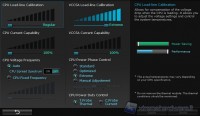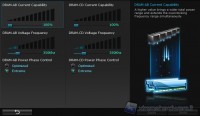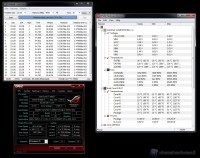Overclocking [Achievements]
Before performing the overclocking test we disabled the inner features in the various CPUs such as EIST, SpeedStep in order to relieve the CPU from voltage fluctuations due to the strong amperometric absorption due to the high frequency and the resulting strong workload. Thanks to the solid power system DIGI+ accompanying the Sabertooth x79, it can also act via the software interface Asus DIGI+ adjusting the level of Load-Line Calibration, very important to make the supply voltage as stable as possible to the CPU in presence of strong absorption.
We chose Lynx software to bring the level of CPU usage to 100% and test the so-called Rock-Solid, namely the stability of the achieved level of overclocking. Lynx is based on the Linpack libraries with which computes linear equations by returning a value "GFlops" (billions of floating point operations per second). Overclocking means deal with the temperature reached by the processor that is the leading i7-3960X Esacore CPU introduced by Intel in the consumer market. These are the results taking into account that we have entrusted to the CPU-Z tool for the detection of voltages provided.
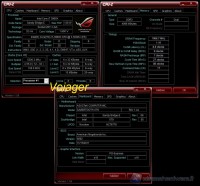
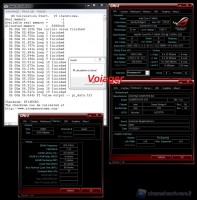
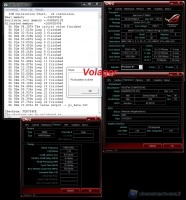
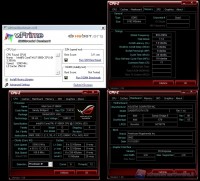
In general, returning to what was said in the previous guide, we noted a particular difficulty climbing the bus, even using the host clock multiplier. The easiest way to overclock is therefore to use the CPU multiplier, quite similar to what happens in the LGA 1155 CPU. In some cases you should apply the multiplier to 1.25x bus, but reaching a situation of stability of all the cores will be much more complicated. The maximum achievable frequencies are usually slightly lower than those of the LGA 1155 CPU. This can easily be explained by the virtually double number of transistors in the die, which multiply the probability of incurring in small manufacturing defects and therefore less stable CPU frequency increases. The barrier of 6GHz for Sandy Bridge CPU is not therefore derived from impossibility to go up by bus (a problem identified on the LGA 1155 and passed on with LGA 2011 through the HCM), but it is evidently a true architectural and production process limit. These CPUs, in fact, unlike the AMD counterpart, poorly tolerate extremely low temperatures and is usually sufficient to dissipate the heat produced. The benefits of extreme cooling solutions are therefore limited in terms of overclocking margin.

